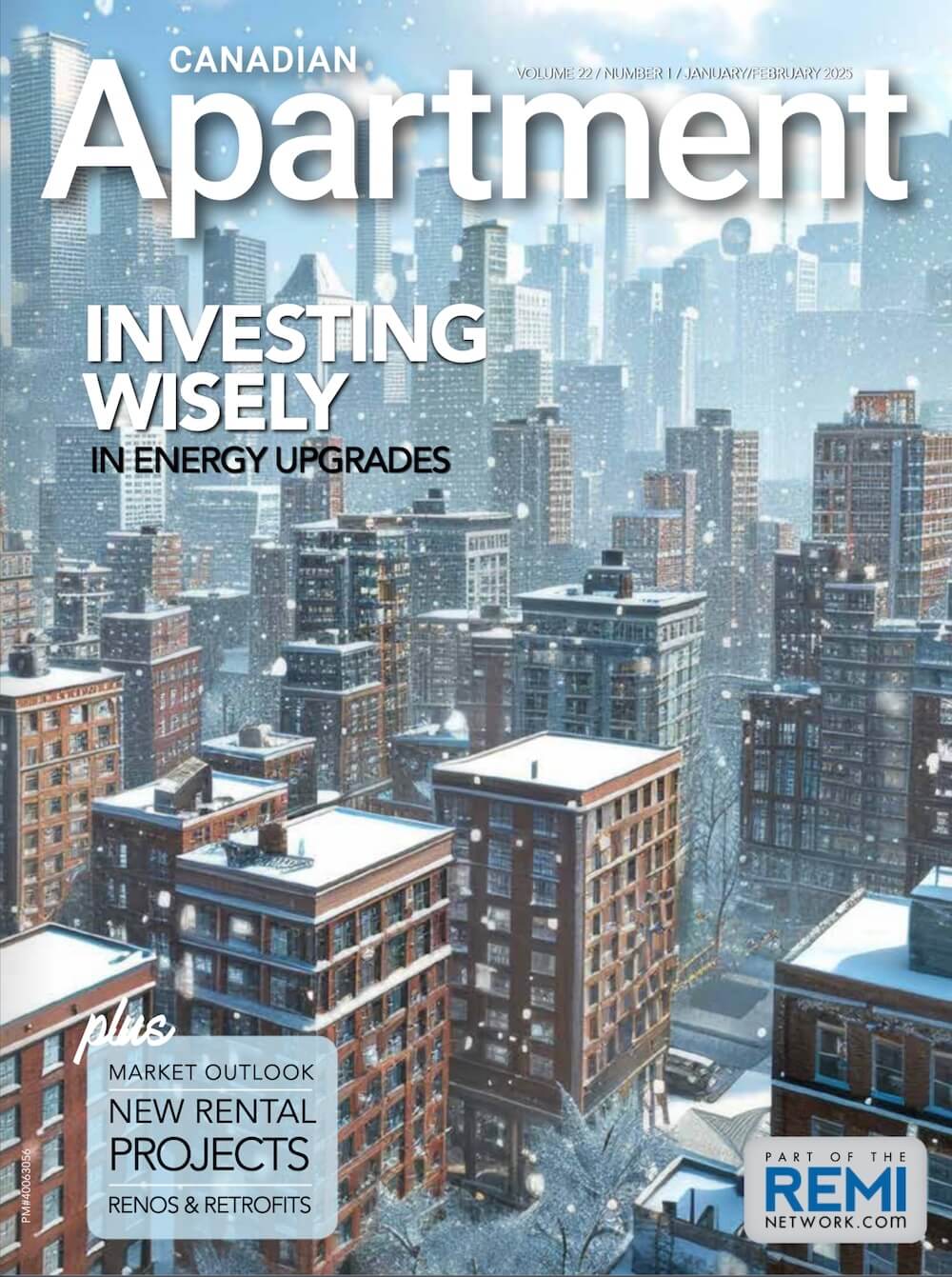Starlight has released a new white paper analyzing the ways in which investors can earn attractive risk-adjusted returns in the mature U.S. multifamily market, while also ensuring they remain protected from the risk of a possible downturn.
Highlighting key economic drivers influencing the U.S. multifamily market, the paper examines how Starlight achieves both of these objectives by narrowing its investment focus and maintaining an innovative and rigorous asset management program.
According to the report: “While there are many facts and statistics available to support the view that the current U.S. economic growth cycle is exceptional and will continue at its current pace for the foreseeable future, all cycles eventually mature, leading to a moderation in growth. Attempting to “time the market” is not an advisable investment strategy as it involves more luck than skill and investors cannot afford to sit on the sidelines with uninvested capital.”
So, what is advisable? At Starlight, the approach begins with an investment thesis and a thoughtful perspective on market selection.
“We focus on identifying changing market dynamics and getting ahead of opportunities as they present themselves,” the paper states. “As demand drivers remain uniformly strong across markets in the Southern and Western United States, the variable that is most affecting rental growth is new supply. In many markets however, the volume of development activity has led to a dramatic increase in construction costs, making development returns relatively unattractive. As future projects are delayed or cancelled, rents in these markets will naturally rise. Therefore, to find value at this stage of the cycle, Starlight is focusing on markets where we can buy properties at (or close to) replacement cost.”
The next step is to identify assets that consistently outperform their competitors. “Starlight seeks well-located and constructed, high-quality assets that are differentiated from their competitors by features including: walkability, proximity to retail and employment, unique amenities, high visibility, healthy demographics and strong barriers to entry with clear potential for rent growth.”
However, competition for these assets later in the economic cycle often remains exceptionally high and to avoid the “winners curse” of overpaying, investors must find new ways to access opportunities based on their own expertise. “Given Starlight’s strong track record of underwriting and executing lease-up opportunities, one approach that has been utilized is to acquire newly-constructed, but pre-stabilized, properties directly from merchant developers. This has provided Starlight with more control over asset selection, while providing an efficient exit for the developers. Controlling lease-up of these properties also provides Starlight with the ability to qualify tenants and manage lease expiry profiles, reducing future leasing risk.”
It also advises a rigorous asset management program focused on maximizing value and strengthening the quality of cash flows: “While newer properties already feature a rich array of amenities, there is often significant unmet demand for additional services amongst tenants. Starlight’s asset management program aims to provide a full-service experience for tenants. The implementation of customized services, results in a higher lease renewal rate, strong rent growth and additional ancillary income.”
Additionally, Starlight seeks to upgrade the quality of its properties through renovation, resulting in significant rental increases while maintaining a meaningful discount to new construction rents in the submarket, providing downside risk protection. Of course, attracting and retaining high-quality, long-term tenants is also important at this stage of the cycle.
Find the complete white paper at www.starlightinvest.com






